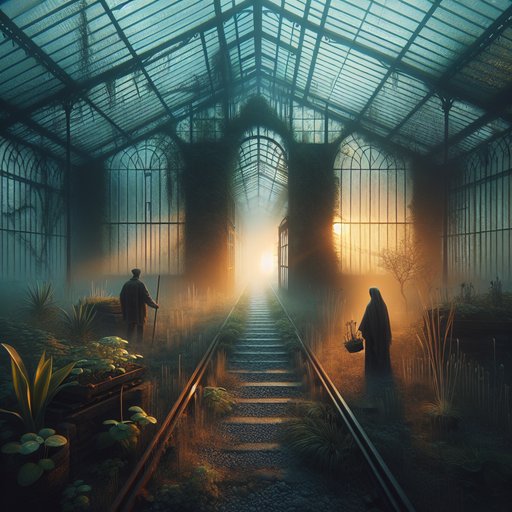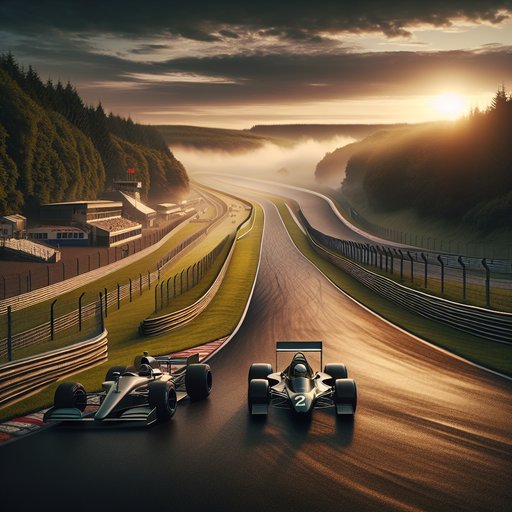
Sleep is not lost time; it is active biology that tunes the brain, coordinates the immune system, and stabilizes the body’s aging machinery. In a world of glowing screens, late-night emails, and round-the-clock shifts, many people sleep less and feel it in their focus, mood, and health. The science of sleep now maps specific phases of the night to distinct benefits, revealing how deep sleep and REM team up to protect memory, resilience, and longevity. That knowledge also brings practical takeaways: light at the right time, consistent rhythms, smart caffeine and alcohol timing, and a simple wind-down routine can all add up. While these strategies support general wellness, everyone’s situation is unique, and a healthcare professional can help tailor sleep habits to individual needs.

At the end of the disused rail line, a forgotten glasshouse exhales damp and memory. Maya and Elias arrive with separate griefs tucked into their pockets—hers, a river; his, a room that fell silent. They come to restore panes and plant seedlings, then discover they are tending something else too: a language without instructions, a way of carrying loss that doesn’t cut the hands that hold it.

The contest among Intel’s x86 CPUs, ARM-based processors, and AMD’s RDNA GPUs is not a simple horse race; it is a clash of design philosophies that now meet at the same bottleneck: energy. Each camp optimizes different trade-offs—x86 for legacy performance and broad software compatibility, ARM for scalable efficiency and system integration, and RDNA for massively parallel graphics and emerging AI features within strict power budgets. As form factors converge and workloads diversify—from cloud-native microservices and AI inference to high-refresh gaming and thin-and-light laptops—these approaches increasingly intersect in shared systems. Understanding how they differ, and where they overlap, explains why performance no longer stands alone and why performance per watt has become the defining metric of modern computing.

Spa-Francorchamps is more than a venue on the Formula 1 calendar; it is a living archive of how grand prix racing has grown up. Carved through Belgium’s Ardennes forests, the circuit has tested bravery, accelerated safety thinking, and rewarded technical ingenuity for nearly a century. From its fearsome road-course origins to its sophisticated modern incarnation, Spa has remained a place where drivers measure themselves and engineers validate ideas under real stress. Its story threads through motorsport’s most consequential debates—speed versus safety, spectacle versus sustainability—and still produces the kind of racing that reveals who and what is truly fast.























































